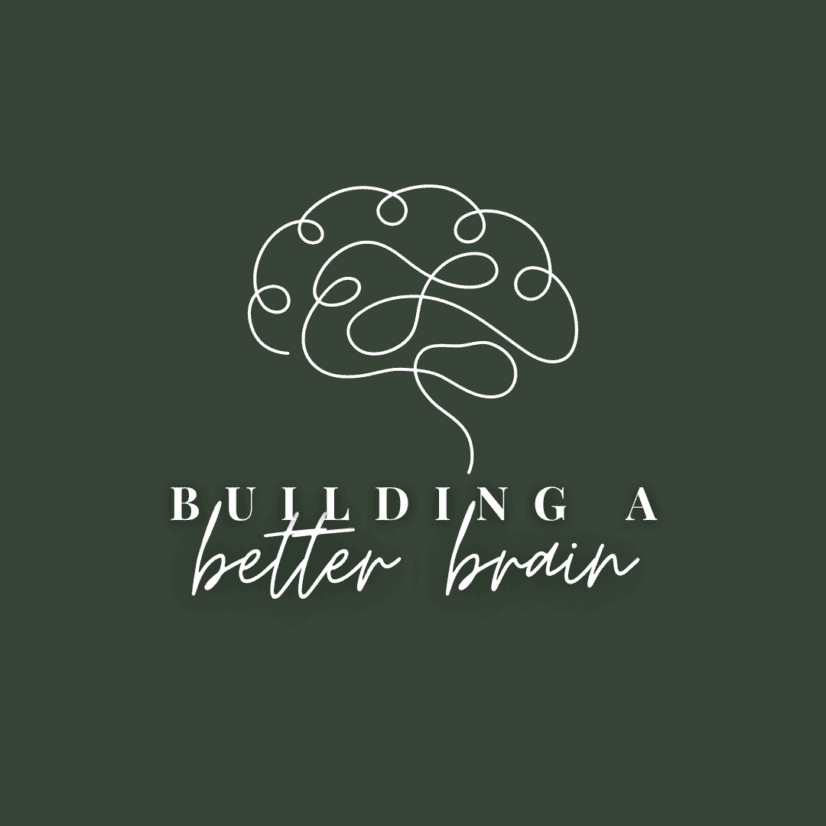As therapists, we see how powerful therapy can be in the lives of our clients. The work our clients do within sessions is crucial in taking steps towards healing, growth, and leadership.
Therapy is a critical element in experiencing change.
But we also believe that what our clients do with their time outside of therapy will either assist with or distract from their goals. In fact, studies are showing us that certain things we do and specific changes we make can literally change the “wiring” and composition of the brain.
Translation: we can actually build a better brain.
A “better” brain is one that is a stronger and more resilient base for coping with life’s difficulties. These difficulties can include mental illnesses such as depression and anxiety.
Now this is super exciting news if you ask me. If we adjust some habits and are intentional, we can change the chemistry within our brains. This opens up whole new ways of treating mental illness.
What we are finding is that there are a lot of different things we can do to build a better brain.
One of the ways you can rewire your brain is by exercising your body.
Here’s how it works:
- Challenging your body helps build neuroplasticity. This means that as you push yourself physically the pathways in your brain can begin to change.
- Studies are showing exercise is an antidepressant. One recent study showed that exercising had similar results to taking an antidepressant for patients with major depressive disorder.
- Regular workouts might help people prone to anxiety. After all, the body produces many of the same physical reactions — heavy perspiration, increased heart rate — in response to exercise. In another study, subjects who participated in a two-week exercise program showed significant improvements in anxiety sensitivity compared with a control group. They learned to associate the symptoms with safety instead of danger.
- Studies are showing that exercise reduces the chances of Alzheimer’s. It also slows down Alzheimer’s if you are already suffering from it. In this case, 30 minutes per day, 5 days per week of “huffing and puffing” kind of exercise is recommended.
So how can you get the most mental health benefits out of your exercise?
- Try exercising 3-5 times/week. While studies vary, it appears most studies point to 3-5 times per week for at least 20-30 minutes/day. Some people would say “vigorous” exercise is best while others say any sort of “physical activity” can be helpful.
- Personalize it. We are all wired a little bit differently and so as a result we might respond a little differently to various forms of physical activities. Try different kinds of exercise with varying durations and frequency. If you’re not sure yoga is working for you, try some HIIT (High Intensity Interval Training), running, recreational sports, etc.
- Exercise when you don’t feel like it. Unless you have been exercising too much or are recovering from a strenuous workout, don’t opt out because you are feeling “low” or “anxious.” Failing to exercise when you feel bad is like choosing not to take an aspirin when your head hurts. This is the time you need it the most.
- Tune into your mental state before and after exercising. Keep the physical activity up even if you’ve started feeling better or had a decrease in anxiety or depression symptoms. Exercise seems to be important in both the treatment and prevention of relapse.
Written by: GROW Staff

